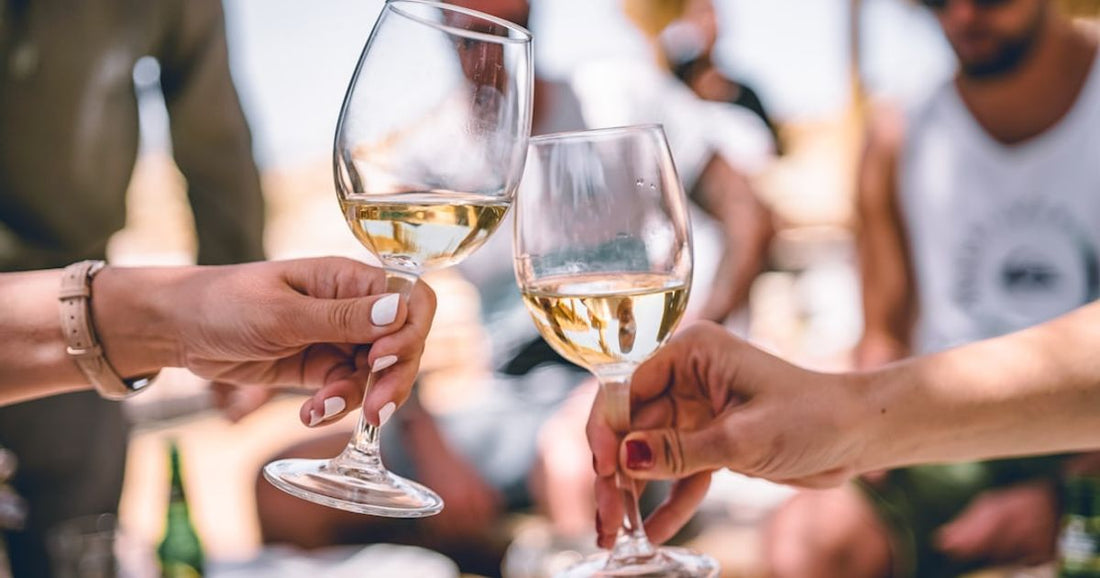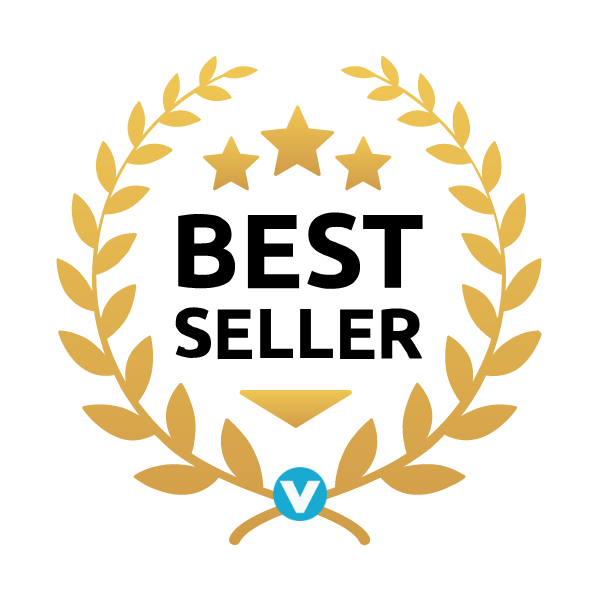
How to Spot Fake Wine Labels
Share
In the world of wine, authenticity is everything. Whether you're a seasoned collector or a casual enthusiast, the last thing you want is to fall victim to a counterfeit bottle. Fake wine labels are becoming increasingly sophisticated, making it harder for even the most discerning eyes to spot a forgery. However, with a bit of knowledge and attention to detail, you can learn to identify the telltale signs of a fake. In this comprehensive guide, we'll walk you through everything you need to know to ensure the authenticity of your next bottle. From understanding the common characteristics of counterfeit labels to expert tips and insights, we've got you covered.
Key Takeaways
Before we dive deep into the nuances of spotting fake wine labels, here are some key takeaways to keep in mind:
- Attention to Detail: Counterfeiters often overlook small details. Pay attention to font sizes, label textures, and spelling errors.
- Research: Familiarize yourself with the winery and its labeling practices. Authentic labels often have specific characteristics unique to the winery.
- Verification Tools: Use available technology and resources to verify the authenticity of a wine label.
- Professional Consultation: When in doubt, consult with a wine expert or a certified sommelier.
- Trust Your Senses: If something feels off, it probably is. Trust your instincts when assessing the authenticity of a wine label.
Understanding Wine Label Basics
Before you can spot a fake, it's crucial to understand what an authentic wine label looks like. Wine labels are not just decorative; they are packed with information about the wine, its origin, and the winery. An authentic label will include details such as the wine's name, the vintage year, the region of origin, the alcohol content, and often, the winery's story or philosophy.
Label Components and Their Significance
Each component on a wine label serves a purpose and provides clues about the wine's identity. For example, the vintage year can tell you about the weather conditions during the grape-growing season, which affects the wine's flavor profile. Similarly, the region of origin is not just a geographical indicator but a quality assurance, as certain regions are renowned for producing specific types of wine.
Common Labeling Practices by Region
Different wine-producing regions have their own labeling practices and regulations. For instance, European wines often use a system of controlled designation of origin (e.g., AOC in France, DOCG in Italy), which is a guarantee of the wine's authenticity and quality. Understanding these regional differences can help you identify inconsistencies in a label that might suggest it's fake.
Spotting the Signs of a Fake Wine Label
Now that you're familiar with the basics of wine labels, let's delve into the specifics of identifying a counterfeit. Counterfeiters often make mistakes that, while subtle, are telltale signs of a fake.
Mismatched Details
One of the first things to check is whether all the information on the label matches up. Discrepancies, such as a vintage year that doesn't align with the winery's production history or a region that the winery doesn't source from, are red flags.
Quality of the Label
Counterfeit labels often fall short in quality. Look for signs of poor printing, such as blurred text or images, incorrect colors, or labels that are easily smudged. The texture of the label can also be a giveaway; many wineries use high-quality, textured paper for their labels.
Technological Tools and Resources
In the digital age, several tools and resources can help you verify the authenticity of a wine label. From smartphone apps to online databases, leveraging technology can provide an added layer of security.
Wine Authentication Apps
Several smartphone apps are designed specifically for wine authentication. These apps can scan a label or a bottle's barcode and cross-reference it with a database of authentic labels, providing instant verification.
Online Wine Provenance Platforms
Online platforms offer detailed provenance information for fine wines, including the wine's production, ownership history, and transaction records. These platforms often use blockchain technology to ensure the data's integrity, making it a reliable resource for verifying authenticity.
Expert Insights: Consulting with Professionals
When in doubt, consulting with wine professionals can provide clarity and peace of mind. Wine experts, such as sommeliers and certified wine appraisers, have the experience and knowledge to spot fakes that might elude the average consumer.
The Role of Certified Sommeliers
Certified sommeliers undergo rigorous training in all aspects of wine, including authentication. They can provide valuable insights into a wine's provenance and authenticity, often identifying counterfeit bottles based on their extensive experience.
Wine Appraisers and Authenticators
Specialized wine appraisers and authenticators offer professional services for verifying the authenticity of rare and vintage wines. These experts use a combination of historical research, scientific analysis, and industry knowledge to assess a wine's legitimacy.
Preventive Measures: Ensuring Authenticity from Purchase to Cellar
The best way to avoid counterfeit wine is to take preventive measures from the moment of purchase. By being vigilant and informed, you can protect your collection and enjoy genuine wines with confidence.
Purchasing from Reputable Sources
Always buy wine from reputable retailers, auction houses, or directly from the winery. Trusted sources are less likely to deal in counterfeit wines and often have measures in place to ensure the authenticity of their offerings.
Record Keeping and Provenance
Maintain detailed records of your wine purchases, including receipts, provenance information, and any authentication certificates. This documentation not only helps verify authenticity but can also be valuable for insurance purposes or future sales.
In conclusion, spotting fake wine labels requires a keen eye, a bit of knowledge, and sometimes, the help of technology or professionals. By understanding the basics of wine labels, being vigilant about the signs of a counterfeit, and taking preventive measures, you can ensure the authenticity of your wine collection. Remember, when it comes to wine, authenticity is not just about value; it's about experiencing the true essence and craftsmanship behind every bottle.



